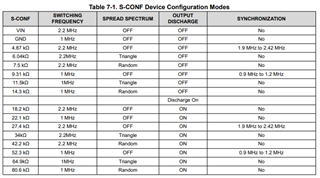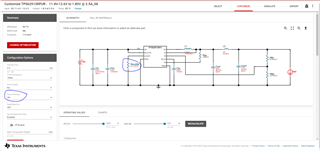Hello ,
What is the recommendation of S-CON pin for noise immune system in TPS62913 regulator?
In the data sheet, Table 7-1 (S-CONF Device Configuration Modes) is telling about the device configuration modes.
In my design I am using this regulator in several different places and corresponding the pin has connected to to Vin and Gnd.
1. for 5V nominal input this pin is connected to 5V input.
2. For 12 volt input it is connected to Ground. But for 5V output this pin is connected to 12V input, that is bit confusing to me.
I run the simulation in the web-bench for all rails and created the design accordingly by selecting the pin connections. Sharing some screen-shots for your reference.
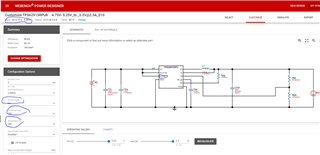
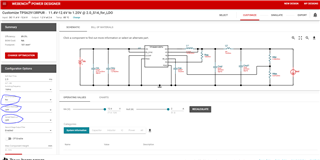
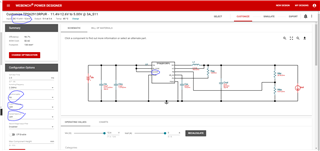
Please suggest the selection of S-CON pin, which will be the best configuration for the noise immune o/p voltage and device?
Your quick reply in this regards will be highly appreciable.
One more query I have related to EN pin. For Hardware enabling, should I connect the EN pin direct to input? Or Should I use Pull-up and Pull-down resistor?

Please suggest.



